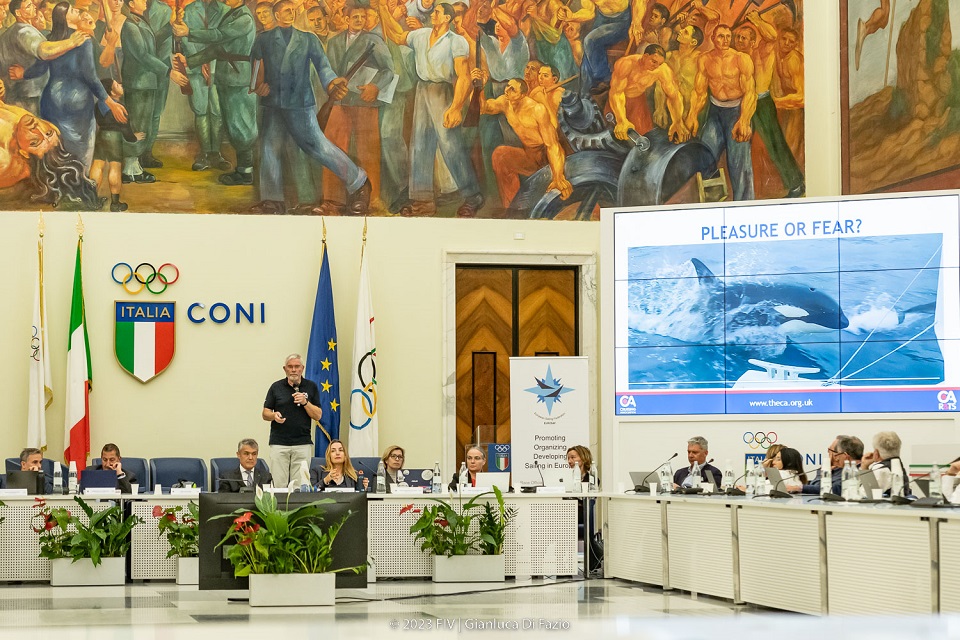The phenomenon of orcas damaging small yachts and other vessels along the south and west coasts of Spain and Portugal began in 2020. It is linked with the migration of tuna exiting the Mediterranean from the Strait of Gibraltar and heading West and North around the Iberian Peninsula, into the Bay of Biscay, primarily between the months of June and October.
To address this issue, the Cruising Association’s Regulatory and Technical Services group (RATS) launched a campaign in June 2022 to enhance communication with the boating community through an online reporting platform. The platform on the CA website was designed to aid research, assist crews in avoiding interactions, reduce the impact on boats in case of an interaction and identify patterns of orca behaviour. This is in conjunction with and builds on the work already undertaken by Groupo Trabajo Orca Atlantica (GTOA).
Despite numerous suggestions, the reasons why orcas interact with yachts remains unclear and ongoing research aims to give a better understanding.
You can find out more about the CA orca project, submit interaction and uneventful passage reports, view reports, comparative data and interaction maps, read the recommended Safety Protocol and monitor the GTOA orca sighting traffic light guidance.
Examples of data analysis
Data Analysis
In 2022, the CA received 132 orca interaction reports and 256 uneventful passage reports. Of the yachts reporting interactions, 73% were damaged, with two yachts sinking, with no crew harmed and all rescued. One-third of the damaged yachts required towing. Interactions lasted mostly between 10-90 minutes, spanned curiosity to violent interactions and usually involved 1-6 orcas.
Over the winter, the CA orca project team reviewed the interaction and uneventful passage reports in order to refine the questions being asked and analyse the data to identify common factors in order to share advice and experiences on risk reduction and mitigation measures.
In 2023, the CA will collect additional data including whether the boat was trailing a fishing lure, the number of orcas in the pod, how many orcas made contact with the yacht, how close they got to the yacht, and the effectiveness of reversing, whether fast or slow or in a straight line or circle. The updates to the CA website will go live in early May.
Collaboration
The CA continues to collaborate with international organisations, most recently presenting the orca project to the European Sailing Federation (EUROSAF) AGM in Rome, attended by representatives from national sailing authorities across twenty-two countries along with a follow-up EUROSAF webinar on 19 April.
"It was great to have John Burbeck report to our members from across Europe about the CA Orca project and the latest findings," commented Josep M. Pla, EUROSAF President. "For us it is important to help the cruising community around Europe."

Cruising Association presentation at EUROSAF AGM © Gianluca Di Fazio
21 April 2023
